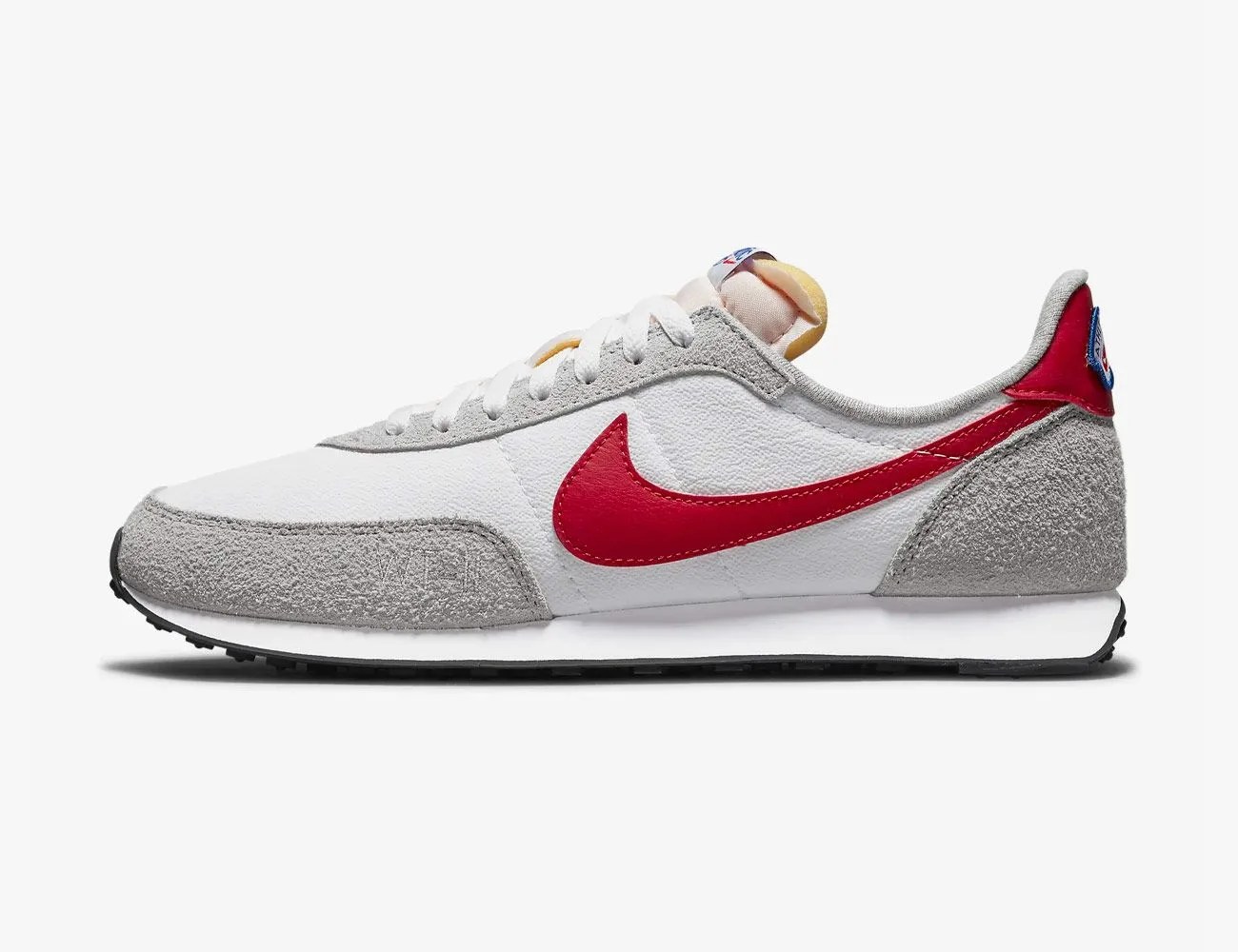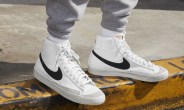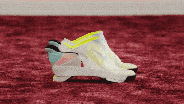The Nike Waffle Trainer has a weird history. Roughly 10 years after founding the brand, Phil Knight was working with his Nike co-founder and former Oregon University track coach, Bill Bowerman, on a tread that would work better on artificial surfaces. (The university had recently installed one in their training facility.) Bowerman, someone who emphasized innovation as much as he championed hard work, turned to…his waffle maker.
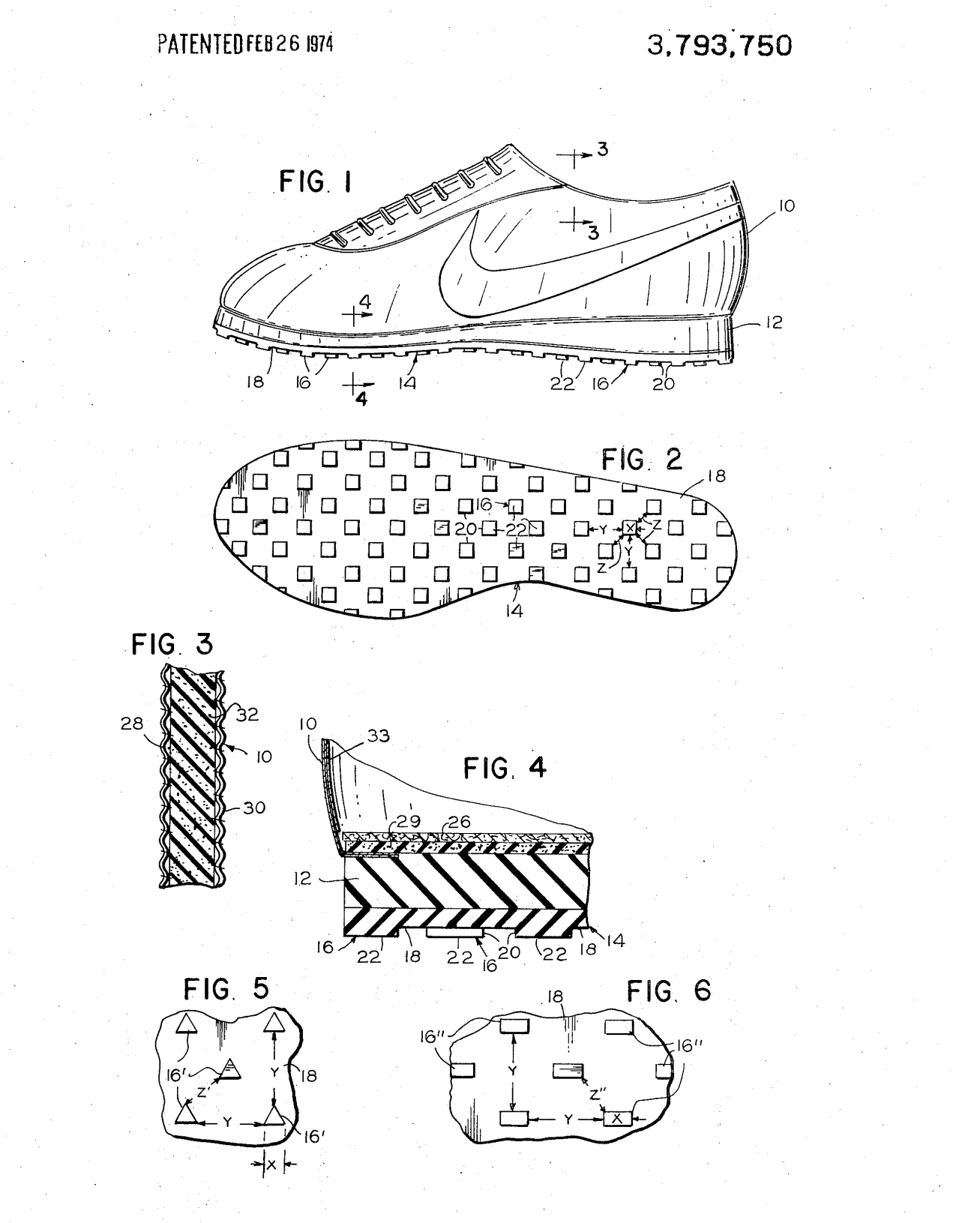
The waffle pattern, he hypothesized while watching his wife make breakfast, would result in a more versatile tread — one that would work on this new artificial surface, but also off it, too. He poured his rubber compound into the press and created the foundation for one of Nike’s most successful sneakers.
“The chrome waffle iron had been in our family for a long time, since about 1936,” his son, Jon, recounted to Natural Running Center. “It was either a wedding gift, or bought around the same time. It was small, so you could only make one waffle at a time. Which meant Dad had to cook the rubber twice to make two soles. He then glued both soles to nylon uppers to make the final shoes.”
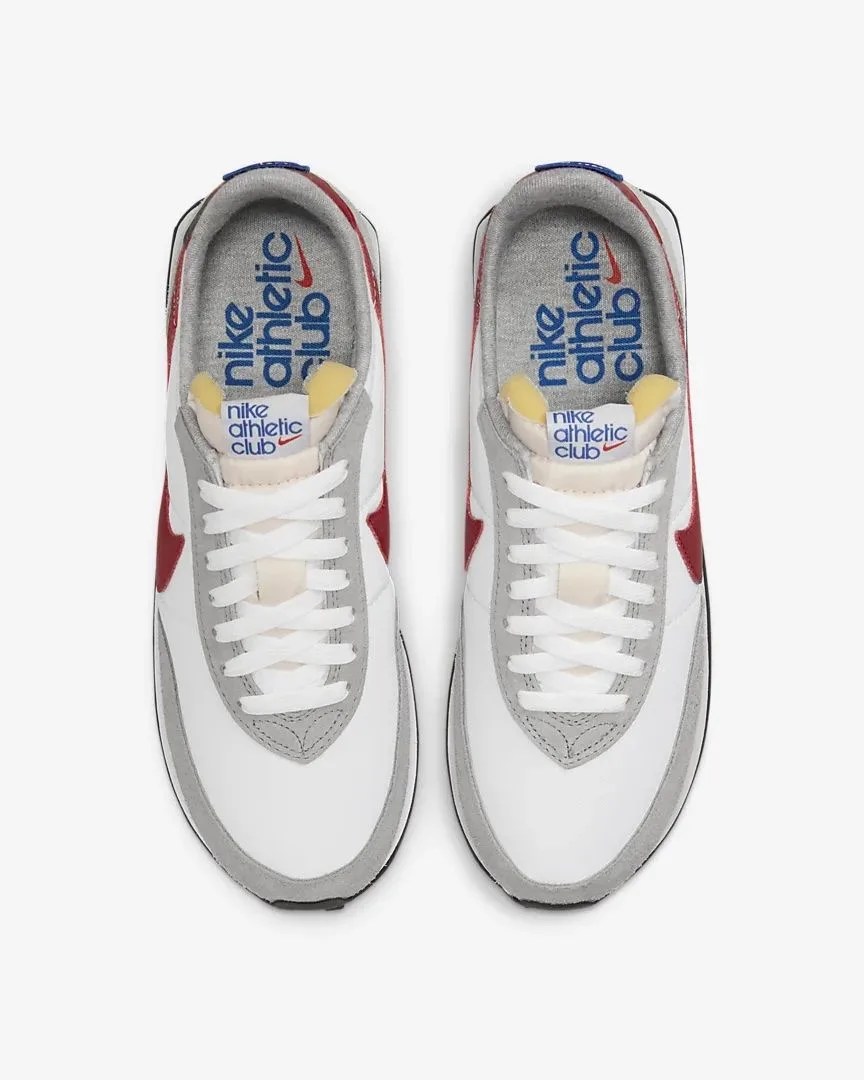
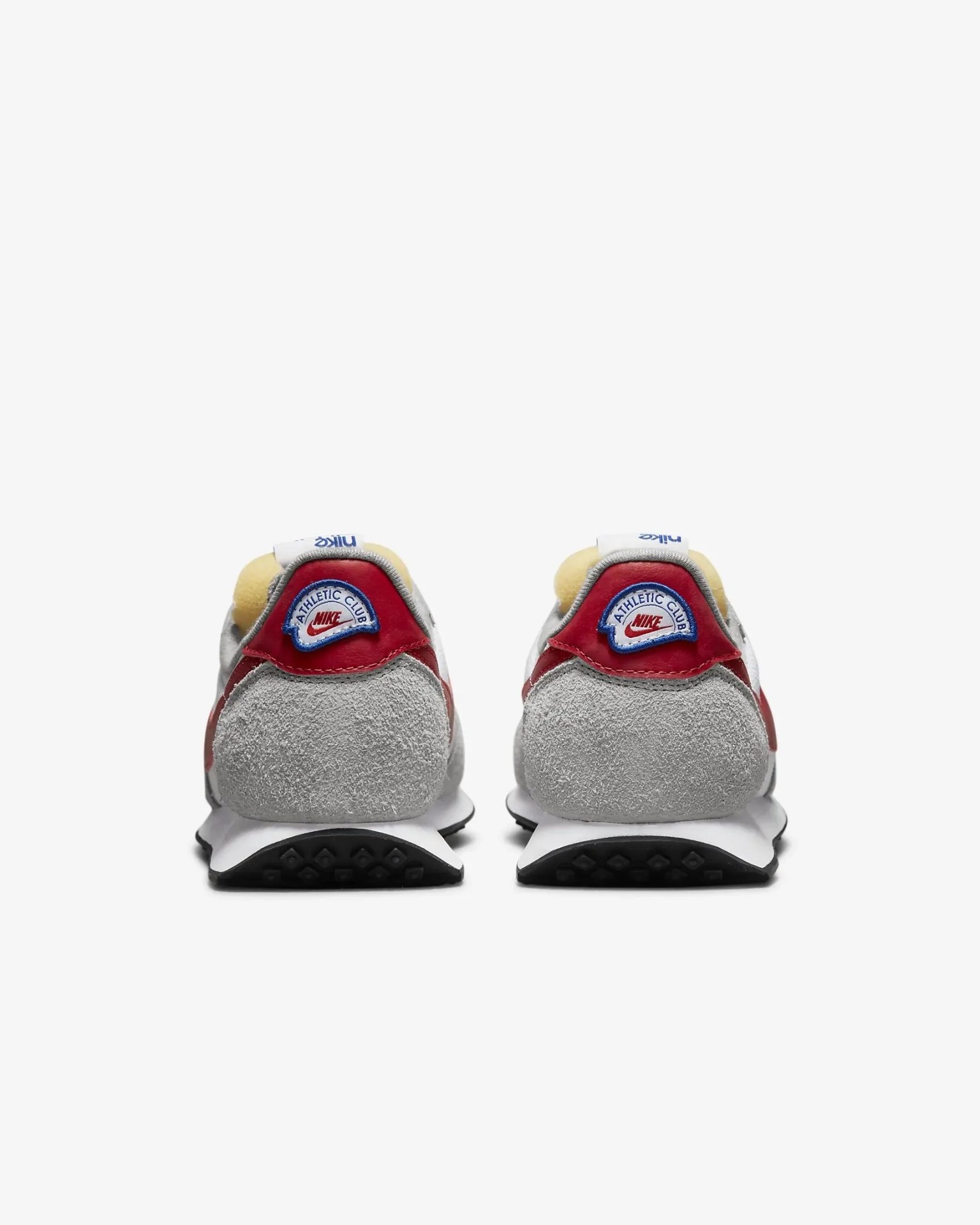
The nylon uppers were lightweight — perfect for runners racing to break personal records. But the cocktail of nylon and suede also looked good on everyday people. Initially priced between $20 and $25 dollars and made in Japan, the Waffle Trainer wore the colors of close by schools: green and yellow for Oregon University and baby blue and gold for UCLA. But the sneaker debuted in a basic red and white colorway like the recently released Waffle Trainer 2 Athletic Club.
The Athletic Club iteration carries on many of the original design’s defining features: The red and white colorway, of course, but also the suede uppers, exposed foam tongue, large side Swooshes and signature waffle tread. The Waffle Trainer has always been popular — it being around since 1972 is all the proof you need — but I’d argue it’s never been better looking.

